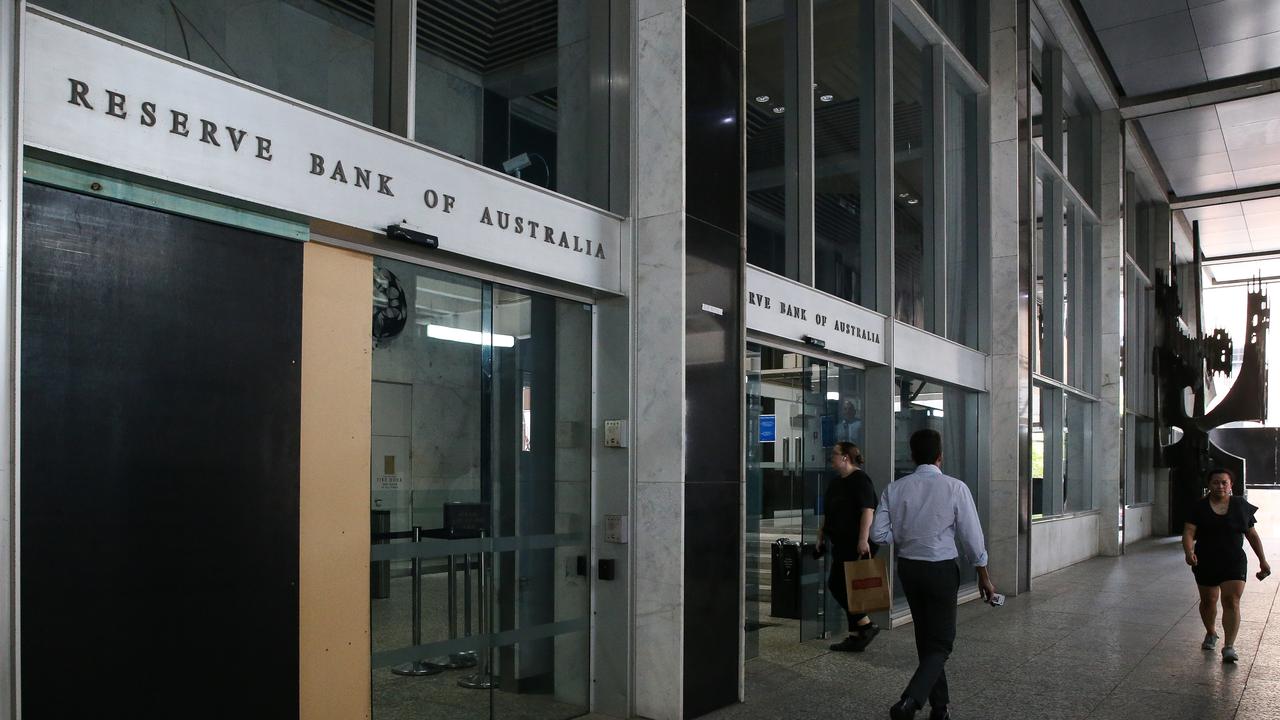Borrowers hoping for reprieve from high interest rates may have to wait longer still with impending inflation data set to give the Reserve Bank clues on whether rate cuts can be contemplated.
In recent days, money markets have pushed out the timing of an expected easing in interest rates with the official cash rate now expected to remain at 4.35 per cent until the central bank’s September meeting.
Previously, markets were fully priced for a rate cut to 4.1 per cent in June.
Returning from his Christmas break, federal Treasurer Jim Chalmers played down fears that updated monthly inflation numbers for November, to be released on Wednesday, would dash hopes of earlier reprieve for household borrowers.
“These monthly rates can be volatile – that’s why we don’t get carried away in either direction,” Dr Chalmers told reporters in Brisbane.
“What we already know is that inflation has come off substantially since its quarterly peak before the 2022 election and since its annual peak around this time last year.”
The RBA’s inflation target is between 2 and 3 per cent.
According to consensus forecasts, Australia’s headline inflation rate is expected to have decelerated to 4.5 per cent in the year to November, down from 4.9 per cent in October.
The RBA, however, typically prefers to wait for the quarterly inflation readings, with fresh data for the three months to December to be released by the Bureau of Statistics on January 31.
The fresh reading will come ahead of the RBA’s next interest rate decision scheduled for February 6, its first of 2024, where it is widely expected to keep rates on hold.
Nevertheless, a surprise outcome could spur the RBA to defy market expectations and hike if views that rising services inflation and strong domestic demand need to be curtailed via higher interest rates.
Wages still heading in reverse
Releasing new analysis by Treasury, which showed aggregate wages growth was 4 per cent in the year to September – the fastest rate since 2009 – Dr Chalmers sought to take credit for the rise in workers’ earnings.
“Wages growth is absolutely central to our cost of living plan and these new numbers show that we’re making welcome and encouraging progress,” Dr Chalmers said.
However, adjusted for inflation, workers took a wages cut as prices growth, measuring 5.4 per cent over the same period, outstripped growth in Australians’ pay packets.
Despite the RBA’s inflation fighting campaign, which has produced 13 rate hikes since May 2022 totalling 4.25 per cent, price pressures in Australia have continued to exceed many other advanced economies.
In the United States, headline inflation has eased to 3.1 per cent, while the United Kingdom is seeing prices growth of 3.9 per cent. Canada and Europe have recently recorded inflation of 3.1 per cent and 2.9 per cent, respectively.
But even as price pressures have eased overseas, investors are increasingly concerned that central banks won’t cut rates as aggressively as previously anticipated.
In the United States, traders have similarly delayed the timing of rate cuts by its central bank, the Federal Reserve, after a hotter-than-expected jobs report showed employers added 216,000 positions in December, keeping the unemployment rate at 3.7 per cent.
Money markets are now fully pricing a rate cut for May, having previously forecast easing from March.
